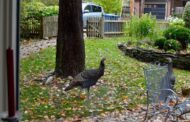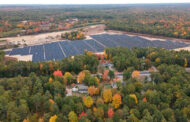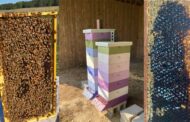
Bright Ideas No. 40
BRIGHT IDEA: Eat to Save the World
Last month, we introduced the notion of minimizing your food miles. So, let’s share a few priorities to help you eat to save the world.
While eating less meat is a pretty well-known option, grass-fed beef and lamb rate high on the list of positive considerations. Droppings from grazing animals restore organic matter to the soil which is an invaluable carbon sink. And, consumed in moderation, red meat increases the bioavailability of nutrients from plant foods. Grass, rich in nutrients, is difficult for humans to digest, but ruminants such as cattle and sheep require it for their survival. There is a good reason why humans have coevolved alongside animals.
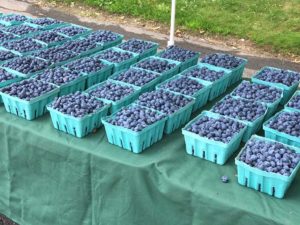
Portland Farmers’ Market. -WEN file photo
Since the weight and water content of fruit and vegetables make transport inefficient, it’s best to grow your own or to seek out the local farmers’ market, farmstand, or pick-your own orchard or farm.
Mussels and other bivalves are nutrient-dense and adept at sequestering carbon while also purifying seawater. They transform waste into carbon storage and delicious food. Seaweed is seen as a “superfood” due to its environmental benefits and potent nutritional properties.
Most importantly, if we just stopped wasting food, we’d eliminate 8% of our emissions.
BRIGHT IDEA: Dispose of PPE Properly
Covid-era PPE (Personal Protective Equipment) can harm wildlife by winding up in nests, getting wrapped around legs, or ending up in the stomachs of wildlife. Please dispose of PPE correctly. It’s not hard to cut the strings and throw used masks into a bin.
Similarly, if you are a dog owner, please dispose of the waste properly by tossing it into a BIN. Leaving dog waste by the side of the trail, on a sidewalk, or a storm drain means plastic and feces can easily wash into sewers and, from there, the ocean or other waterway.
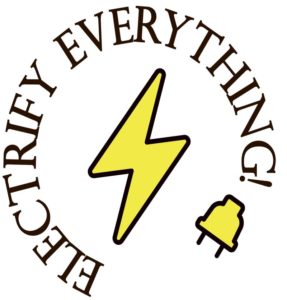
BRIGHT IDEA: Retrofit to Save Energy.
By retrofitting older houses, energy bills could be lowered and access to electricity during power outages ensured. A full menu of clean energy options includes energy-efficient lighting, an electric vehicle charger, an electric stove, electric heat pumps for heating and air conditioning, a smart thermostat, solar panels on the roof and a back-up battery. All-electric homes help cut greenhouse gas emissions and local air pollution.
Credits
“Sitopia: How Food Can Save the World,” by Carolyn Steel.
“The Plan to turn blighted houses into a new source of green power for the grid,” by Emily Pontecorvo, Grist.org.
Bright Ideas is brought to you by Portland Climate Action Team which, during the pandemic, meets on-line the 4th Thursday of the month, 6-7:30 PM. All are welcome to join in. FMI: portlandclimateaction@gmail.com.

